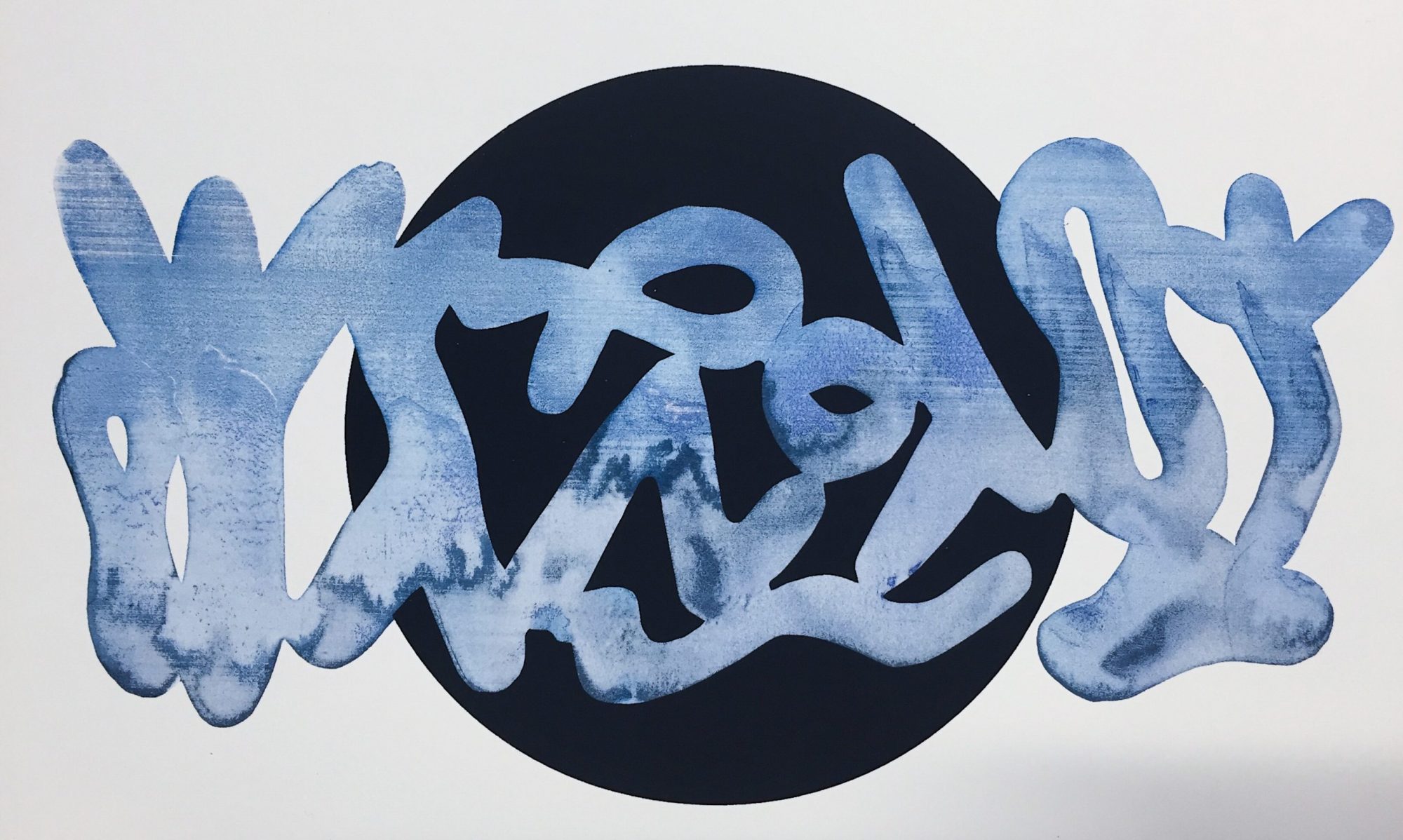
Bactris Gasipaes, Arecaceae, Peach Palm, Central South America
The smaller image shows a wider view of the palm and where it’s situated in the botanical gardens.

cultural practitioner / thoughts & essays

Bactris Gasipaes, Arecaceae, Peach Palm, Central South America
The smaller image shows a wider view of the palm and where it’s situated in the botanical gardens.



Chorisia Speciosa, Malvaceae, Silk Floss Tree, S. America
I just returned from visiting a colleague who was on the phone trying to find work over the summer to cover his expenses while not teaching. I then noticed some other LJ’s talking about financial issues that raised my already raised concerns for my summer. This will be my third summer in a row without teaching and it hurts trying to find freelance work even though I have a few gigs on the stove. If I didn’t have a new car (and insurance), it would be bad enough but now, I’m pressured to hustle to keep the bills paid. I thought GWBush said the economy was coming back… yeah, right.
I was also talking to a friend last night about the possibility, plausibility of “some unknown event” that could change the socio-political landscape in very bad ways by the time of the presidential election. It is not outside of my realm belief that Bush in his secretive way and 150 yr. old network of cronies could mastermind this event in a way to usurp power. I hope that is just fiction or just a bad dream. I was honestly thinking about investigating changing citizenship to Canada. Gawd, have I become THAT fearful and desparate?!

Kigelia africana The sausage tree (also sometimes called Kigelia pinnata) belongs to the family Bognoniaceae. This family contains trees, shrubs and climbers including the exotic jacaranda tree. Its unique sausage-shaped fruit, sometimes over a metre in length, and weighing as much as 10kg, has inspired a wide variety of vernacular names, including one, in South Africa, that means ‘the fat tail of a sheep’. The sausage tree draws its name from its large, sausage-shaped fruit, suspended from lengthy stalks. The hard, grey fruit has a thin skin covering a firm, fibrous fruit pulp containing numerous small, unwinged seeds. When the fruit itself eventually dries, the remaining fibre is sometimes mistakenly thought to be a loofah. This tree is also known for its medicinal properties being used for skin problems by Africans and now recognized by various companies.

You’ll love The Yes Men!!

Looking back at my image entries over the past several weeks, I found it interesting that the posting that got the most comments was the one of a sandy patch of ground with a few plant tendrils creeping across its surface.


In 1959 I had a rock collection from my family’s travels across the US. We went from L.A., Calif., to Cincinnati, Ohio every summer and every time we stopped for gas I’d find an interesting rock. I never had a teacher or anyone I was associated with mention the earth sciences as a possible field of study. I had mentioned oceanographic sciences but chemistry wasn’t a strong suit for me. It was the math. I can figure out the answer even though I do it in a different way than I was taught. I still have a great interest in geology, rekindled by my former professor and now colleague at the University.
Edouard got this quartz in New Mexico when he went out there to work on a neighborhood art project. New Mexico is a geologic dream with all kinds of things to look at and for. I want to go back this summer and visit my father who lives outside Albuquerque. The images shown are from a single geode.

The metallic flag and green (resin) head is Edouard’s work. Since I’m heading back over there Monday, I’ll try to post a couple studio shots. I have a few shots from in his studio already lined up although, they are not “artwork” shots.